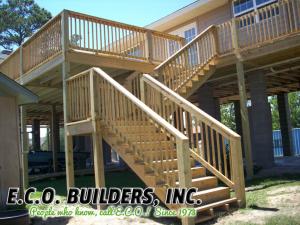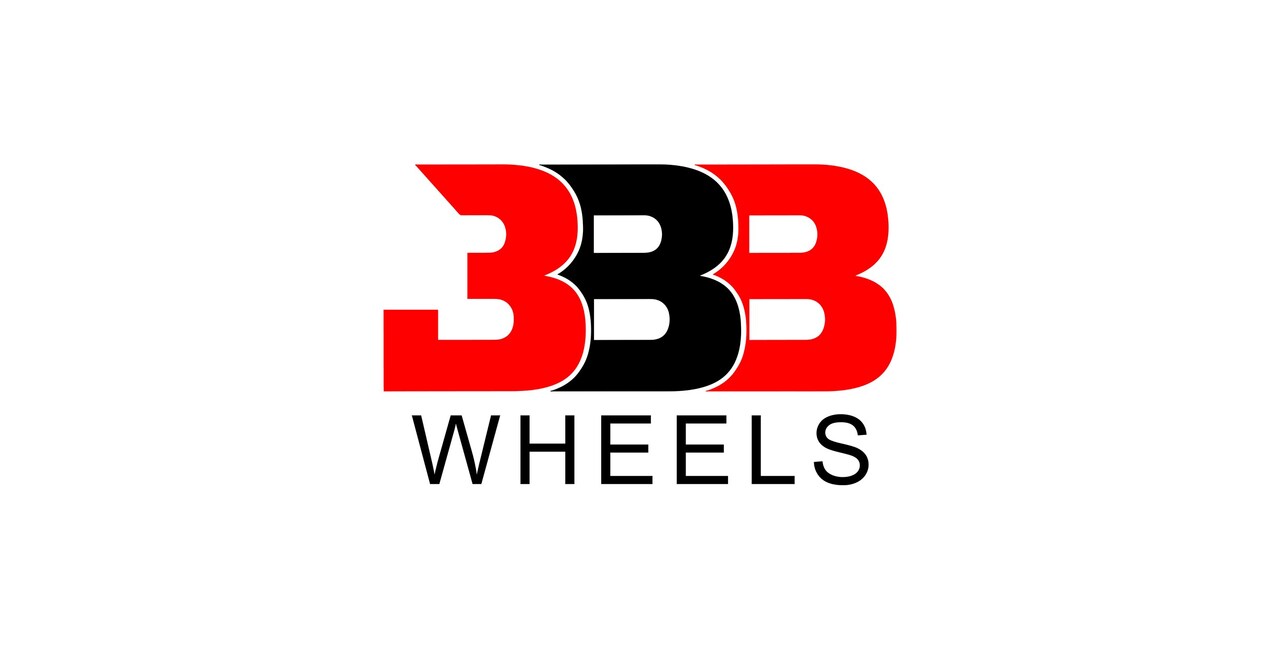Entertainment - Media News Watch originally published at Entertainment - Media News Watch
— Elwin Ordoyne
SLIDELL, LOUISIANA, UNITED STATES, May 24, 2024 /EINPresswire.com/ — Bulkheads are essential structures used to retain soil and prevent erosion in various settings, from residential properties to waterfronts. Elwin Ordoyne, Vice President of E.C.O. Builders Inc. in Slidell, Louisiana, often receives questions about the different types of bulkheads, their construction methods, and pricing. This guide aims to provide a comprehensive overview of bulkheads, focusing on wooden, vinyl, and concrete bulkheads, along with the factors influencing their costs.
Wooden Bulkheads
Wooden bulkheads are typically the most cost-effective option. These structures consist of pilings driven into the ground to support the bulkhead. The construction process involves several key components:
Pilings: These are the foundation of the bulkhead, driven deep into the ground to provide stability.
Whalers: 4” x 6” rough cuts are installed horizontally as whalers, providing lateral support to the structure.
Sheeting: The 2” x 8” center match boards are driven vertically for the sheeting, creating a solid barrier to retain the soil.
Dead Men: For added stability, a dead man piling is installed behind every support piling. This anchor helps to hold the bulkhead in place.
Sag Rods: 5/8” galvanized sag rods are installed from the support pilings back to the dead men, ensuring the bulkhead remains secure under pressure.
Wooden bulkheads are favored for their lower initial cost and effectiveness in many situations. However, they require regular maintenance to protect against rot and insect damage, especially in moist environments.
Vinyl Bulkheads
Vinyl bulkheads are a more durable alternative to wooden bulkheads. The construction process involves similar foundational steps but uses vinyl sheet piling for the sheeting. The key steps in constructing a vinyl bulkhead include:
Pilings: As with wooden bulkheads, pilings are driven into the ground to provide the main support.
Whalers: 4” x 6” rough cuts are again used for the whalers, providing horizontal support.
Vinyl Sheet Piling: Vinyl sheets are driven to the appropriate grade and then lagged to the front whaler. This material is resistant to rot and insect damage, making it a low-maintenance option.
Back Whaler: Positioned and bolted to the vinyl sheets, the back whaler adds further stability to the structure.
Vinyl bulkheads offer a balance between cost and durability. While they are more expensive than wooden bulkheads, their longevity and lower maintenance needs can make them a more cost-effective option over time.
Concrete Bulkheads
Concrete bulkheads are the most robust and durable option, suitable for high-stress environments. The construction of a concrete bulkhead involves a more complex process with several critical steps:
Pilings: Used for foundational support, pilings are driven into the ground.
Rebar: Four rows of 5/8” rebar are run through the pilings to reinforce the structure.
Highway Mesh Wire: Two rows of #6 or #10 highway mesh wire are attached to the rebar—one row installed in front of the rebar and one behind.
Concrete Pouring: The bulkhead is poured with a 4000-pound mix concrete, providing immense strength and durability. After pouring, the forms are removed and disposed of.
Anchoring: If necessary, galvanized all-thread rods anchor the bulkhead back to dead men, ensuring the structure can withstand significant pressure.
Concrete bulkheads are the most expensive option due to the materials and labor involved. However, their durability and minimal maintenance requirements make them ideal for areas prone to severe weather or heavy loads.
Pricing Considerations
The pricing for bulkheads is typically based on the linear foot needed, with costs varying depending on the material and complexity of the installation. Here’s a breakdown of factors influencing the pricing:
Material Costs: The cost of materials varies significantly, with wood being the least expensive, followed by vinyl, and then concrete.
Labor Costs: Labor costs are influenced by the complexity of the installation. Concrete bulkheads require more labor-intensive work, including rebar installation and concrete pouring.
Site Conditions: The condition of the site can affect pricing. Difficult terrain or challenging soil conditions can increase labor and material costs.
Accessibility: The ease of access to the installation site can also impact costs. Remote or difficult-to-access areas may require additional equipment and labor, raising the overall price.
Maintenance Needs: While not directly affecting the initial installation cost, maintenance requirements should be considered. Wooden bulkheads, for example, may have lower upfront costs but require more frequent maintenance, impacting long-term costs.
Choosing the Right Bulkhead
Selecting the appropriate type of bulkhead depends on various factors, including the specific needs of the site, budget constraints, and long-term maintenance considerations. Wooden bulkheads are suitable for those seeking a cost-effective solution with moderate durability. Vinyl bulkheads offer a balance of cost and longevity, ideal for areas where maintenance needs to be minimized. Concrete bulkheads, although the most expensive, provide unmatched durability and are perfect for high-stress environments.
Conclusion
Understanding the different types of bulkheads, their construction processes, and pricing factors can help property owners make informed decisions about soil retention solutions. Whether opting for the cost-effectiveness of wooden bulkheads, the durability of vinyl, or the robustness of concrete, each type offers unique benefits suited to various applications.
Elwin Ordoyne of E.C.O. Builders Inc. emphasizes the importance of selecting the right bulkhead for specific needs to ensure stability and longevity for properties. “Selecting the ideal bulkhead involves a clear grasp of each type’s benefits and construction methods. By weighing these attributes, property owners can make savvy choices to enhance soil retention and safeguard their land.”
Morgan Thomas
Rhino Digital, LLC
+1 504-875-5036
email us here
Visit us on social media:
Facebook
![]()
Originally published at https://www.einpresswire.com/article/714370457/understanding-bulkheads-types-construction-and-pricing
Entertainment - Media News Watch originally published at Entertainment - Media News Watch




